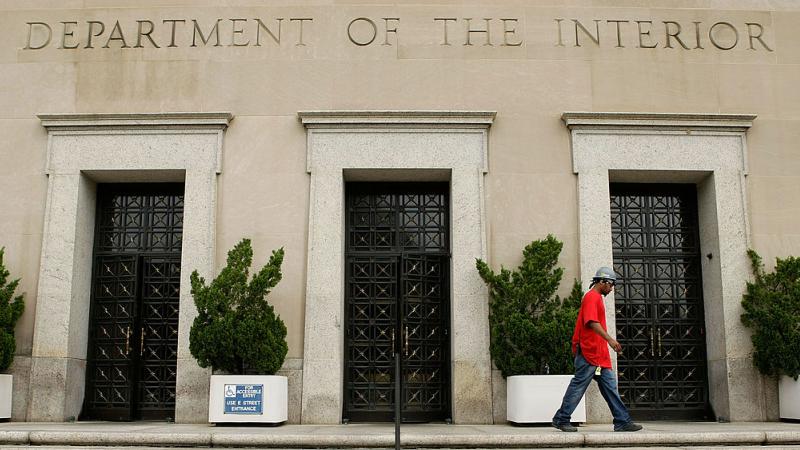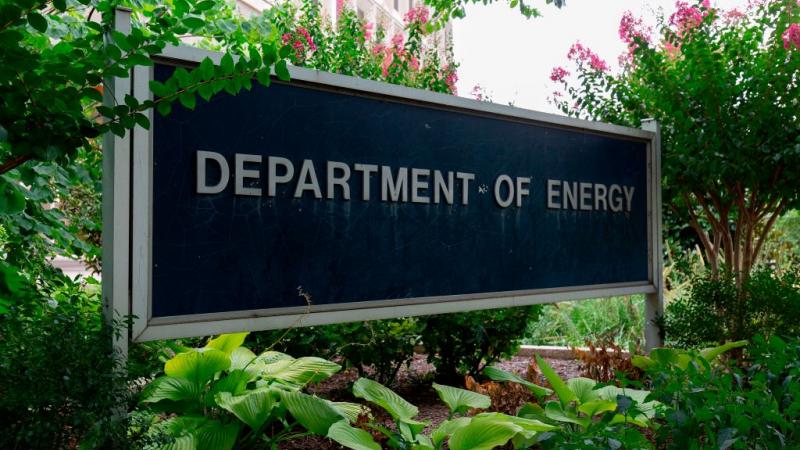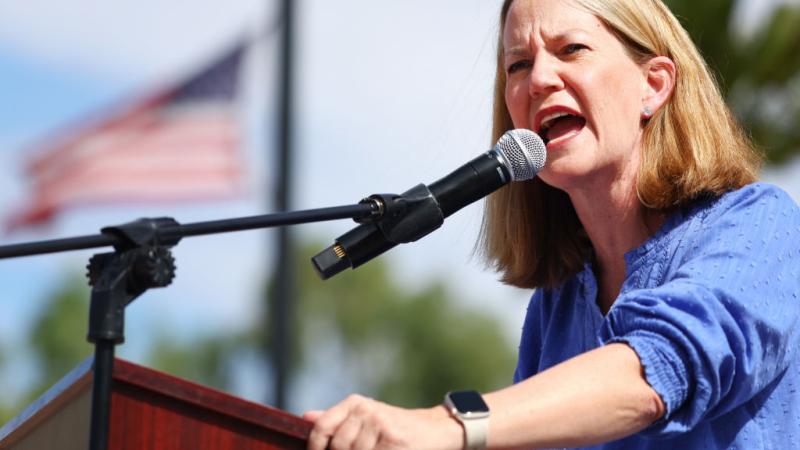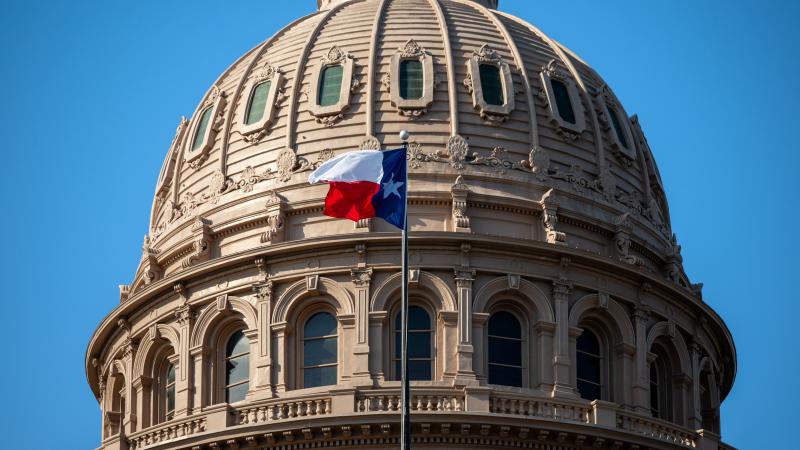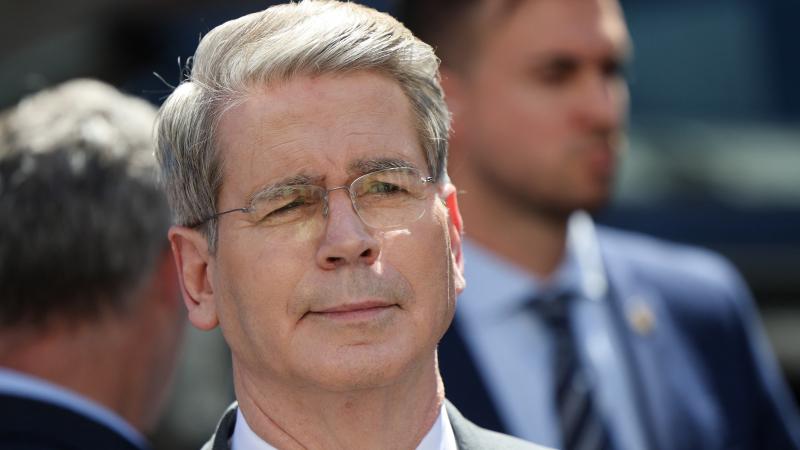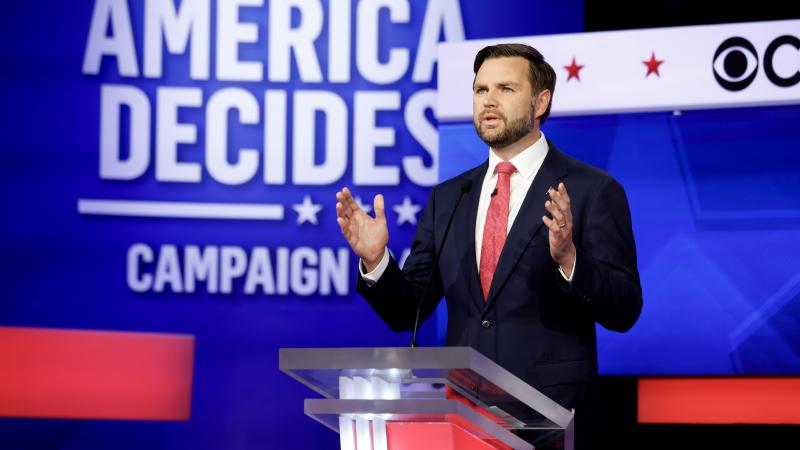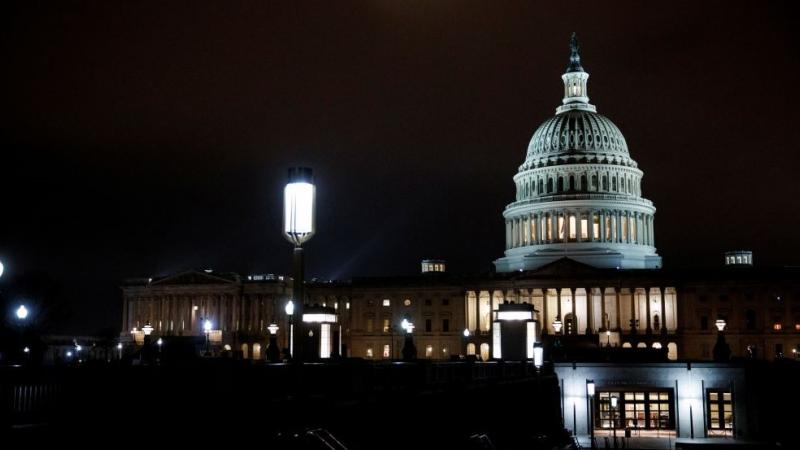Trump nearing Clinton's record for largest cuts to federal workforce
Civilian workforce figures exclude military personnel and postal workers. Most totals refer to executive branch employees, who make up the lion’s share of the federal payroll.
The Trump administration’s efforts to dramatically reduce the size of the federal workforce appear on pace to surpass the record workforce reductions under the Clinton administration. The rapid-fire restructuring of major federal agencies, mass terminations, buyouts, and resignations, however, could see him achieve in mere months more than Clinton did in eight years.
During the 1990s, President Bill Clinton reduced the size of the federal civilian workforce from roughly 2.2 million to 1.8 million, largely through federal buyouts. Upper estimates put the figure at 426,200 federal jobs eliminated. That reduction stands as the largest cut to the federal headcount since World War II.
Civilian workforce figures exclude military personnel and United States Postal Service (USPS) and most totals refer to executive branch employees, who make up the lion’s share of the federal payroll. Those employees are also the administration’s top priority for cuts as the Department of Government Efficiency (DOGE) under Elon Musk works to axe trillions in spending from the budget.
75,000 Buyouts
Early in this second Trump administration, the Office of Personnel Management (OPM) coordinated a large-scale federal buyout, offering employees the option of resigning to secure pay through Sept. 30.
The administration said that about 75,000 employees took the offer, accounting for roughly 3% of the 2.3 million federal civilian employees. Trump had hoped for as many as 5%-10% to take the deal and several major agencies have begun to offer a second round of buyouts, hoping that the ongoing terminations will make employees less hesitant to accept.
The second round offers the same deal: Resign and secure pay through Sept. 30. The key difference in this round is that the offers come directly from the federal agencies rather than through OPM. Thus far, the Departments of Defense, Agriculture, Energy, Housing and Urban Development, and Transportation have offered more buyouts. The Small Business Administration and the General Services Administration have followed suit.
The original 5%-10% goal regarding buyouts would have required 120,000 to 240,000 to accept the deal and a second round amid the very real mass firings could motivate many employees to make a quick decision and push the figure higher.
“My intent is to maximize participation so that we can minimize the number of involuntary actions that may be required to achieve the strategic objectives,” Secretary of Defense Pete Hegseth said of the buyouts at his agency.
Leave and firings
Trump will still need to reduce the headcount by roughly 200,000 to break the Clinton record. Assessing the exact figure of firings under Trump thus far is difficult, in no small part due to the intervention of judges who have delayed or ordered the reversal of some.
Nevertheless, plenty of firings have gone through and estimates exist as points for calculating a loose figure. Among the largest efforts has been the reduction of USAID staff from 10,000 to a few hundred. That effort, like many others, has faced some legal challenges.
The Internal Revenue Service, moreover, has already cut 6,000 employees and aims to cut roughly half of its remaining 90,000 staff. Under Education Secretary Linda McMahon, moreover, that department has halved its headcount, reducing it from 4,100 to 2,200. Trump has also expressed his desire to abolish the department entirely.
At the Pentagon, Hegseth announced in February that it would eliminate 5,400 probationary employees whose work was not deemed “mission critical.” Also in February, reports that the Forest Service would fire as many as 3,400 employees emerged following an order from OPM to remove employees still on probation after one year.
In late March, the Department of Health and Human Services (HHS) announced a 10,000-person staffing cut as part of a restructuring effort.
By the numbers
Clinton’s record stands between 377,000 and 426,200 jobs cuts. The difference in the figures is largely due to the lower estimate coming from 1999 and the upper figure including data into 2000.
Between the existing jobs cuts, the Trump administration has already completed or initiated at least 36,000 layoffs. Adding in the elimination of the DOE and the planned IRS cuts would put the figure at roughly 85,000. Combined with the higher of the two buyouts’ target, the administration will have fired, moved to fire, or bought out 325,000 federal employees, likely within a few months. The Trump administration will within less than half of one year have reached roughly 76% of the Clinton cuts, which took place over eight years.
Reaching Clinton workforce levels would be a larger task and require at least an additional 100,000 beyond the Clinton reductions. Clinton left office with just under 1.8 million federal employees. Should Trump’s 325,000 cuts go through and the count falls to 2 million or fewer, it would mark the smallest federal headcount since 2008. Federal workers fell below 2 million in 1996 and did not return to that level until 2009.

